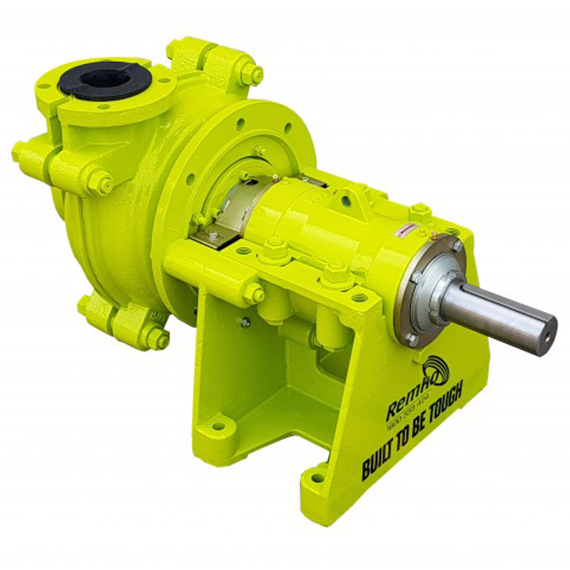Slurry pumping is a process used to move viscous or sticky substances by forcing the substance through a pipe at high pressure. The fluid is pumped from the lower part of the pipe to the upper part, where it can be used in various industrial processes. Slurry pumping has numerous advantages over other methods, such as being able to operate at high speeds and using less energy.
If you are looking for slurry pumps, you may browse https://www.schurcoslurry.com/.

Image Source: Google
The basic principle behind slurry pumping is simple: The fluid is forced through a narrow opening at high pressure. This causes the fluid to form a thick paste that can easily be transported and processed.
Slurry pumps are typically cylindrical and have a number of small nozzles that distribute the liquid evenly across the surface area. These nozzles work like an umbrella, allowing droplets of liquid to fall into smaller pools, which then merge together and are moved forward by the pump.
There are several factors that must be considered when selecting a slurry pump: Speed, weight, viscosity, and flow rate. Speed is important because it affects how quickly the substance can be moved; weight is important because it affects how much force will be required to move the substance; viscosity affects how easily the substance flows, and flow rate affects how much material can be processed per unit of time.
The benefits of using a slurry pump include:
1. Reduced Production Time: Slurry Pumping can reduce production time by eliminating the need to transfer liquid from one container to another.
2. Increased Efficiency: By moving the liquid and solids together, a slurry pump can increase efficiency by reducing the number of transfers needed. This results in less energy consumption and decreased emissions.

